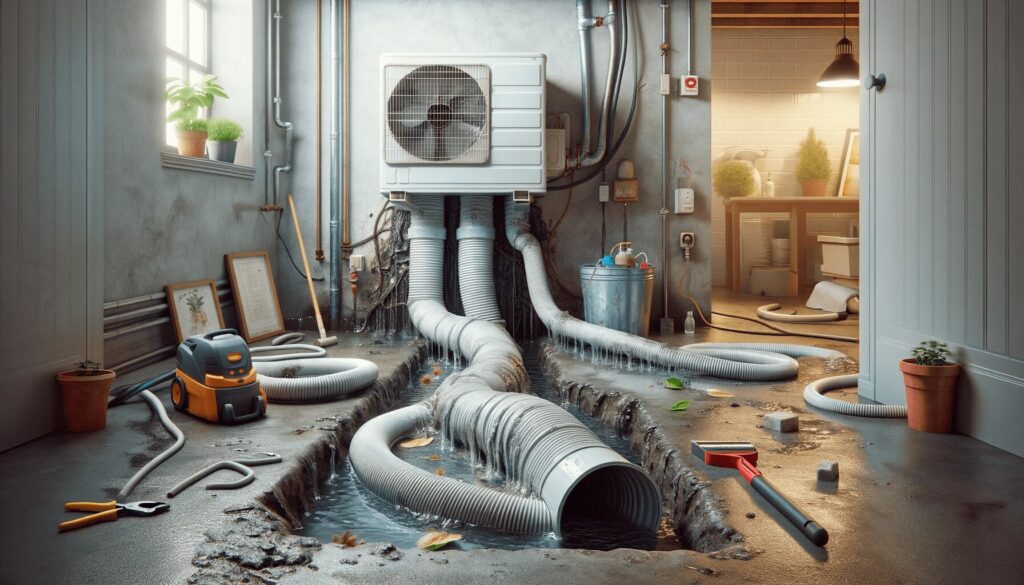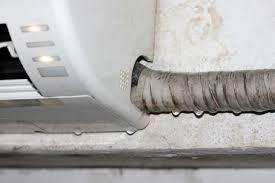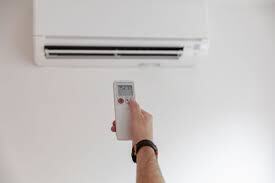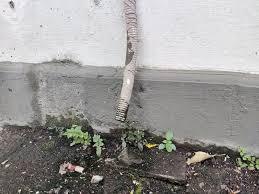A clogged AC drain is a common issue that can lead to a range of problems, including water damage and reduced system efficiency. Addressing this problem promptly is crucial to maintaining the performance and longevity of your air conditioning unit. In this blog post, we will explore effective solutions for a clogged AC drain, how to identify symptoms, and preventative measures to keep your system running smoothly.
Understanding the Causes of a Clogged AC Drain

What is a Clogged AC Drain?
A clogged AC drain occurs when debris, algae, or mold obstructs the condensate drain line, preventing the proper flow of condensation away from your air conditioning system. This blockage can cause water to back up and potentially overflow into your home, leading to water damage and system malfunctions.
Common Causes of Clogged Condensate Drain Lines
- Debris Accumulation: Dust, dirt, and other particles can accumulate in the drain line, leading to blockages.
- Algae and Mold Growth: The moist environment within the drain line can promote the growth of algae and mold, which can obstruct the flow of water.
- Improper Maintenance: Neglecting regular maintenance can result in clogged condensate drain lines over time.
Symptoms of a Clogged AC Drain
Identifying AC Drain Line Clogged Symptoms
Recognizing the symptoms of a clogged AC drain early can help prevent more serious issues. Common signs include:
- Water Leaks: Puddles of water around your indoor unit indicate that the condensation is not draining properly.
- Musty Odors: A musty smell can result from standing water in the drain pan or drain line.
- System Shutdown: Many modern AC units have safety switches that shut down the system if the drain line is clogged to prevent water damage.
Quick Solutions for Unclogging an AC Drain Line
DIY Methods for Unclogging AC Drain Lines
If you notice signs of a clogged AC drain, there are several quick and easy methods you can try to resolve the issue.
Using a Wet/Dry Vacuum
- Locate the Drain Line: Find the end of the drain line outside your home.
- Attach the Vacuum: Use a wet/dry vacuum to suck out the clog. This method is effective for removing debris and algae buildup.
- Check for Success: After vacuuming, pour a small amount of water into the drain pan to ensure it flows freely.
Applying a Bleach Solution
- Turn Off the System: Always turn off your AC before performing any maintenance.
- Access the Drain Line: Locate the access point on the drain line near the indoor unit.
- Pour Bleach: Carefully pour a mixture of one cup of bleach and one cup of water into the drain line. This helps kill mold and algae.
- Flush with Water: After a few minutes, flush the line with water to clear any remaining debris.
Professional Help for Severe Blockages
If DIY methods do not resolve the issue, it may be necessary to contact a professional HVAC technician. They have specialized tools and expertise to thoroughly clean and unclog the drain line.
Preventative Measures to Avoid Future Clogs

Regular Maintenance to Prevent Clogged Condensate Drain Lines
Regular maintenance is key to preventing future clogs and ensuring the efficient operation of your air conditioning system.
Schedule Annual HVAC Inspections
- Professional Inspections: Have a professional inspect your HVAC system annually. They can clean the drain line and check for any potential issues.
- Replace Air Filters: Regularly replacing air filters can reduce the amount of debris that enters the system and potentially clogs the drain line.
Use a Condensate Drain Line Cleaner
- Monthly Cleaning: Use a condensate drain line cleaner monthly to prevent buildup of algae and mold.
- DIY Cleaners: In between professional cleanings, you can use a mixture of vinegar and water to maintain the cleanliness of the drain line.
Expert Tips on Setting the Optimal Air Conditioning Temperature

Maintaining the right temperature is crucial for comfort and energy efficiency. Here are some expert tips on setting the optimal air conditioning temperature:
- Daytime Settings: Set your thermostat to around 78°F during the day when you are at home.
- Nighttime Settings: Lower the temperature slightly at night for better sleep, ideally between 72°F and 74°F.
- Away Settings: When you are away from home, set the temperature to around 85°F to save energy.
- Smart Thermostats: Consider investing in a smart thermostat that can automatically adjust the temperature based on your schedule and preferences.
Conclusion
A clogged AC drain can cause significant problems if not addressed promptly. By understanding the causes, recognizing the symptoms, and employing effective solutions, you can ensure your air conditioning system operates efficiently and prevents water damage to your home. Regular maintenance and professional inspections are key to avoiding future clogs and keeping your system in top condition. Following expert tips on setting the optimal air conditioning temperature can also enhance comfort and energy efficiency.
